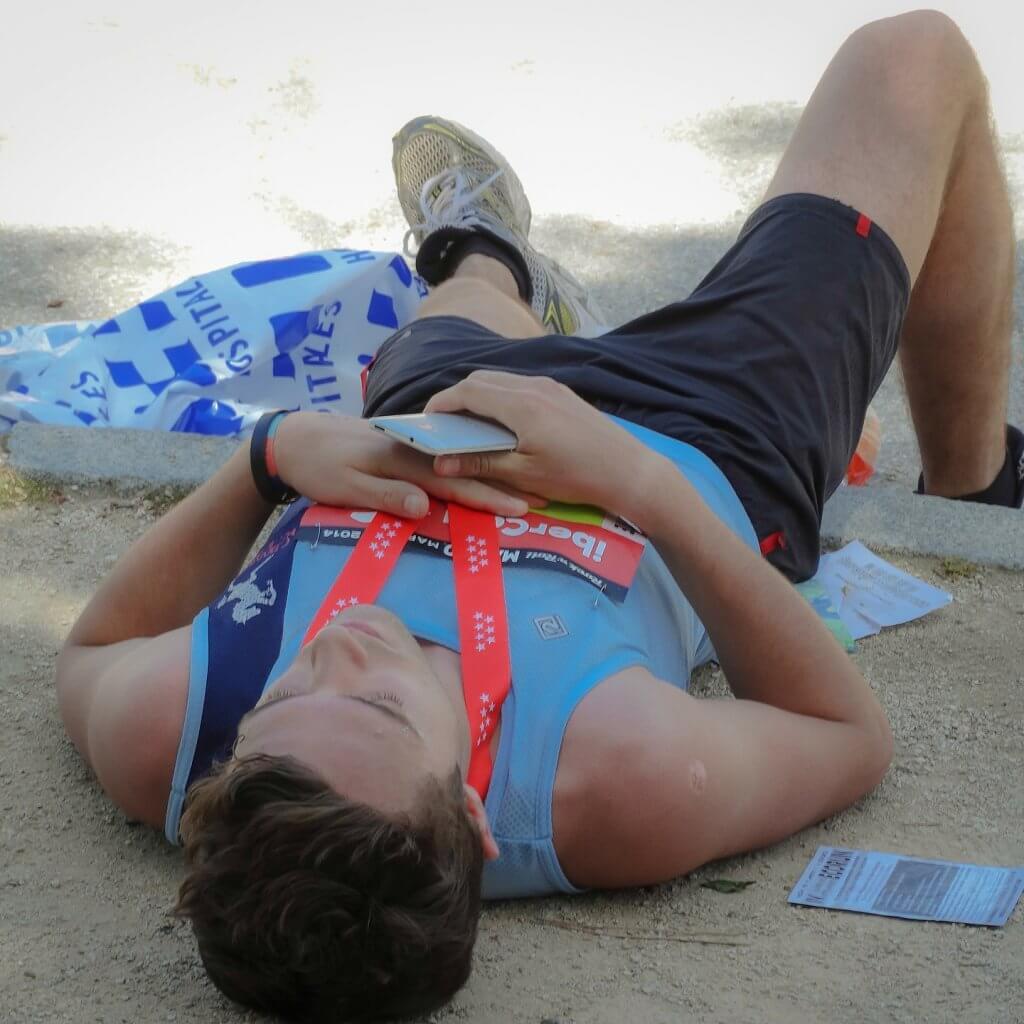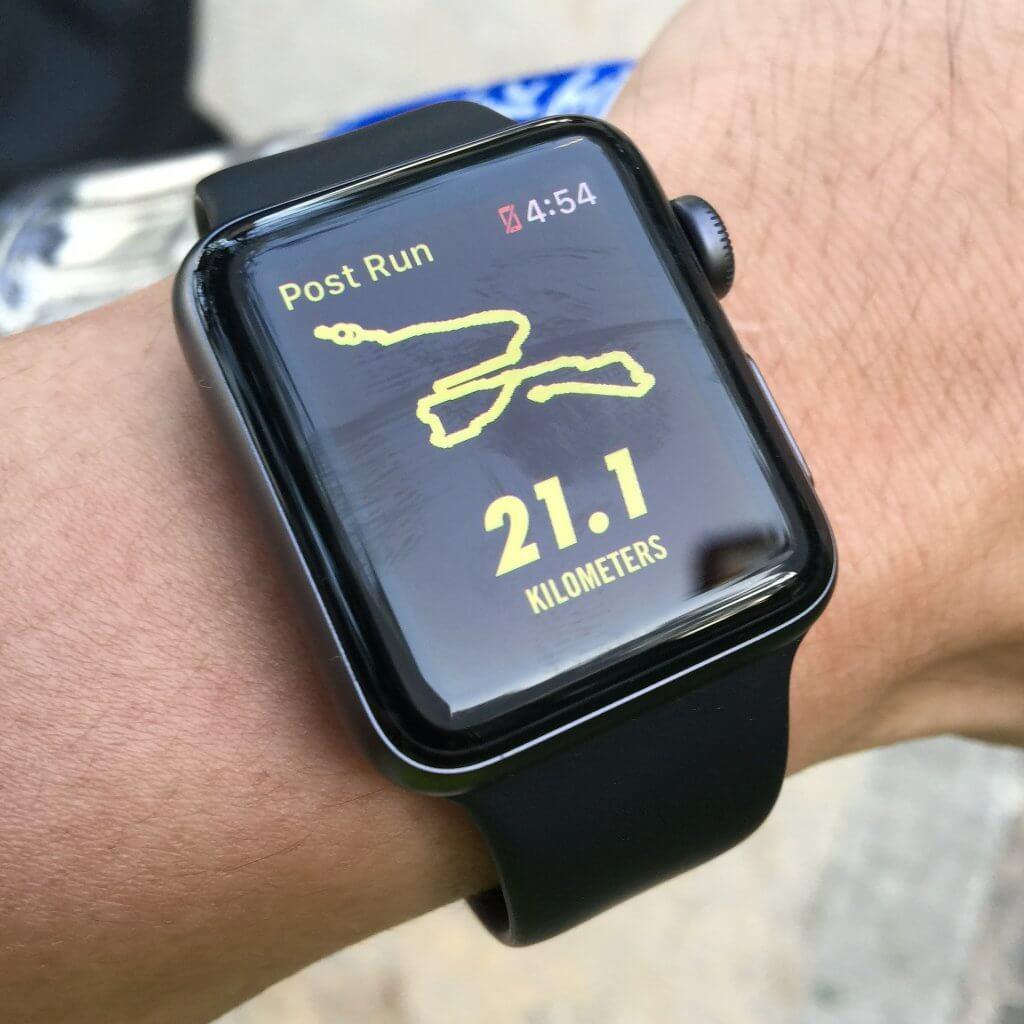Strategies for the Long Run

A recent running magazine included an article about a professional marathon runner and when asked what their favorite training workout was, they answered “the 20-mile long run”. The assumption is that most readers probably responded with something along the lines of “Are you kidding me?!”. For most runners, the long run, especially when it gets up to that 18-mile point, is dreadful. Yet, the long run is probably the most important session of the week. After all, the race is just one really long run.
It has been recommended in several training plans to perform the long run in a long, slow distance (LSD), which has several benefits for race preparation. Running at 60-70% of 5k pace for these long distances will over time increase glycogen storage in the muscles, which means more readily available energy. The body does this by depleting the glycogen in our muscles during the run, which will cause the body to adapt by storing more glycogen. Another benefit of the LSD run is the increase in oxygen provided to the muscles by the growth of capillaries, where the carbon dioxide-oxygen exchange occurs, and mitochondria, where carbon dioxide and oxygen are converted into energy. These physiological reactions to running are the reason runners get faster and last longer over time through consistent training.

One downside of always performing the long run at LSD pace is boredom. There are only so many routes we can choose to get 20 miles done. A good strategy for these runs is to break it up into quarters on your route and in your mind. For example thinking of 20 continuous miles seems like forever. Breaking it up into four 5-mile segments is more tolerable. This is a good way to run the actual marathon, too! Another downside to choosing LSD is the lack of adaptation to running at goal pace and practicing what happens during a race.
Many marathon training programs include long runs with at least a few goal-paced miles throughout. The purpose of these types of training sessions is to practice running fast on tired legs to mimic what race day will feel like. There are a variety of options to incorporate goal-paced miles, but it is important to be specific when heading out for these sessions, as it can be very taxing on the body. As after a race, you do not want your body to need days of recovery following your long run. It is an ideal option to alternate between goal-paced and conversational-paced sessions each week.

Goal-paced long run sessions can make these ‘dreadful’ training runs more tolerable, and help the time pass more quickly. Below are some great variations to the long run to alternate throughout your training cycle. As mentioned previously, the interval sessions can be very fatiguing and should begin with few repetitions and miles, and gradually increase as your fitness improves.
- Mid-run tempo: Run 3-5 miles at conversational pace + 3-5 miles at goal pace + remainder at conversational pace
- Mile repeats: Run 3-5 miles at conversational pace + 3-5×2-3 miles at goal pace with 1-3 minutes at easy pace in between + remainder at conversational pace
- Fast finish long run: Run 75% of the long run at conversational pace + 25% at goal pace. As your fitness improves, build up to 50% at easy pace and 50% at goal pace
- Ladder: Run 3-5 miles at conversational pace + intervals of one to five minutes at goal pace with one to two minutes easy in between each + intervals back down from five to one minute at goal pace + remainder at conversational pace
- Ladder progression: Run 3-5 miles at conversational pace + 4 miles at goal pace+15sec + 3 miles at goal pace + 2 miles at goal pace-15sec + 1 mile at goal pace-30sec, all with one mile at easy pace in between. The goal of this progression run is to begin the first interval a little slower than goal pace, the next segment at goal pace, and then the last two segments of two and one miles even faster, finishing that last mile at a fast tempo pace.
These five workouts are great for building stamina and strength, as well as practicing your desired race pace, especially when your legs are fatigued. Alternating between options such as these with conversational-paced runs will ease your mind when preparing for long runs. The LSD run every other week will reduce the stress on the body and help recover faster than the goal-paced long runs.

In a properly organized marathon training schedule, you will find many different workouts spread out throughout the week, which all serve a purpose. If your goal is to simply finish the race, you technically can skip all of the speed sessions and tempo runs and perform all runs at an easy pace. If you skip the long run session in the training plan, you would have a very difficult time finishing the race. Therefore, the long run is the most important session of the week. The variations mentioned above may leave you exhausted, but completing them will be a great asset to improving your goal pace and enhancing confidence going into your races.
Sources
- , Cardiac Output and Performance during a Marathon Race in Middle-Aged Recreational Runners, Online Publication
- , ntervals, Thresholds, and Long Slow Distance: the Role of Intensity and Duration in Endurance Training, Publication
- , Problems of marathon runners. American Journal of Emergency Medicine, Publication
Latest Articles
 Is Running on a Treadmill Easier Than Running Outside?Runners have their own preferences, whether it is treadmill running, running outside on the road, or exploring trails. So...
Is Running on a Treadmill Easier Than Running Outside?Runners have their own preferences, whether it is treadmill running, running outside on the road, or exploring trails. So... Is It OK to Use Trail Running Shoes on the Road?While trail running shoes can be used on roads, especially in situations where a runner encounters mixed terrains or pref...
Is It OK to Use Trail Running Shoes on the Road?While trail running shoes can be used on roads, especially in situations where a runner encounters mixed terrains or pref... How to Fix Sore Quads After Running?Rest, ice, gentle stretching, and over-the-counter pain relievers can help soothe sore quads after running. Also, ensure ...
How to Fix Sore Quads After Running?Rest, ice, gentle stretching, and over-the-counter pain relievers can help soothe sore quads after running. Also, ensure ... 10 Fruits With The Most Electrolytes to Replace Sports DrinksThese fruits are high in electrolytes such as potassium, magnesium, and calcium, essential for hydration, muscle function...
10 Fruits With The Most Electrolytes to Replace Sports DrinksThese fruits are high in electrolytes such as potassium, magnesium, and calcium, essential for hydration, muscle function...

